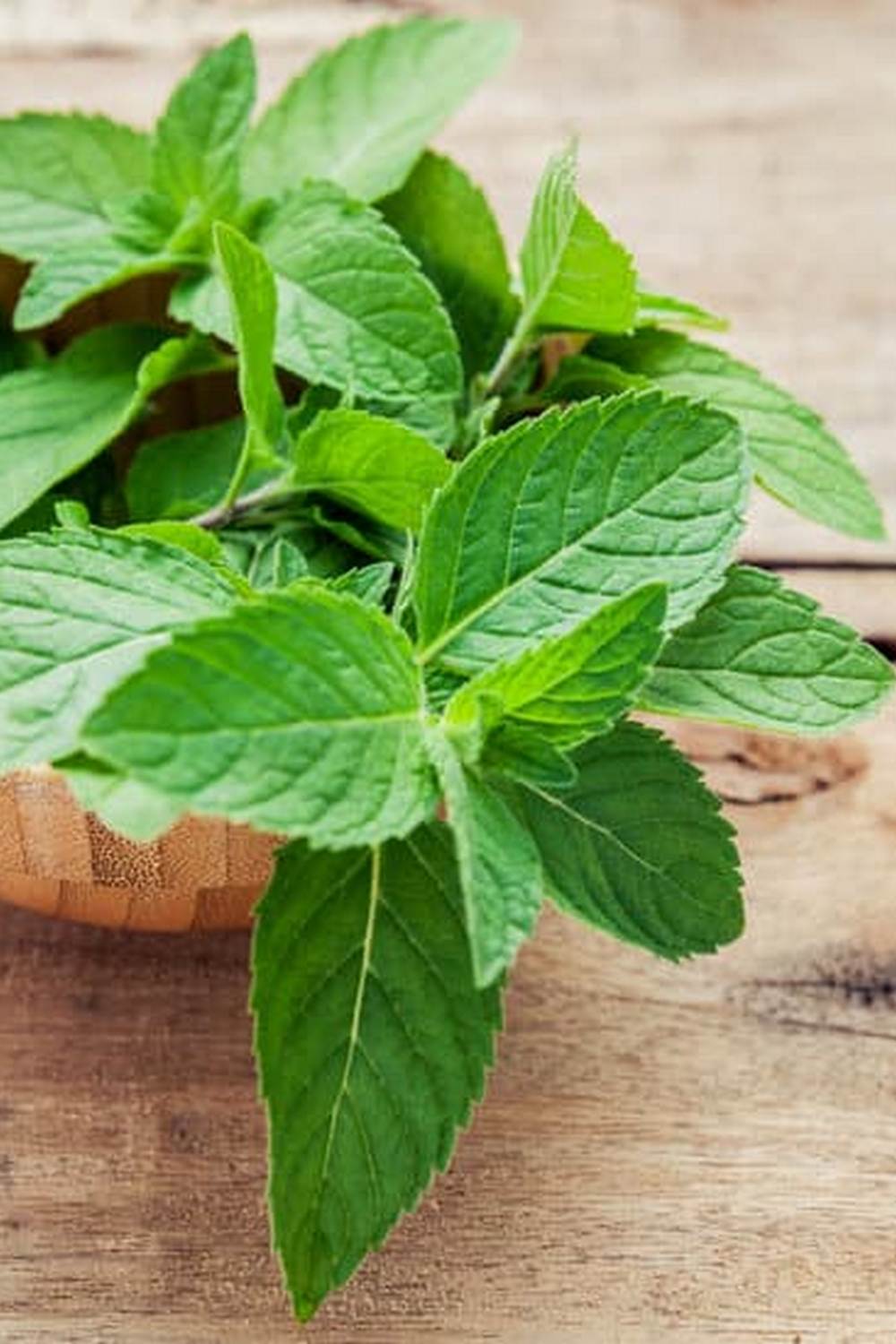AC2 lumber, a type of treated lumber commonly used in construction, has raised questions about its safety when used in vegetable gardens. Gardeners often opt for AC2 lumber due to its durability and resistance to rot, making it a popular choice for raised beds, trellises, and other structures in gardening. However, concerns have been raised about the chemicals used in treating AC2 lumber and whether they can leach into the soil and affect the plants grown in vegetable gardens.
Despite these concerns, many gardeners still choose to use AC2 lumber in their vegetable gardens because of its various benefits. AC2 lumber is known for its long lifespan, which means that structures built with this type of wood will last for years without needing replacement.
Additionally, AC2 lumber is readily available at most hardware stores and is relatively affordable compared to other options. Its resistance to rot and decay also makes it an attractive choice for gardeners looking for a low-maintenance option.
While there are advantages to using AC2 lumber in vegetable gardens, it’s essential to consider the potential risks associated with its use. Some studies suggest that chemicals such as copper azole or alkaline copper quat used in treating AC2 lumber may contain harmful substances that can leach into the soil over time.
Therefore, careful consideration and proper precautions should be taken before deciding to use AC2 lumber in vegetable gardens to ensure the safety of your plants and yourself as a gardener.
Benefits of Using AC2 Lumber in Vegetable Gardens
Increased Durability and Longevity
AC2 lumber is pressure-treated with preservatives that help protect the wood from decay, insects, and other environmental factors. This treatment process extends the lifespan of the lumber, making it a durable choice for constructing raised beds, garden borders, and other structures in vegetable gardens. With AC2 lumber, gardeners can expect their raised beds to last several years without deteriorating quickly.
Resistance to Rot and Decay
One of the key benefits of using AC2 lumber in vegetable gardens is its resistance to rot and decay. This is especially important in moist soil conditions where untreated wood may quickly break down due to constant exposure to water and soil. By using AC2 lumber, gardeners can avoid the potential issues associated with rotting wood, ensuring that their vegetable garden structures remain intact and functional for a longer period.
Cost-Effective Option
Despite being treated for durability and longevity, AC2 lumber remains a cost-effective option for gardeners looking to build or update structures in their vegetable gardens. Compared to other types of treated lumber or alternative materials, AC2 lumber provides a balance between cost and quality.
This makes it an attractive choice for budget-conscious gardeners who want to invest in long-lasting materials for their vegetable gardens without breaking the bank. Using AC2 lumber can help save money in the long run by reducing the need for frequent replacements or repairs.
Potential Concerns About the Safety of AC2 Lumber in Vegetable Gardens
AC2 lumber, also known as alkaline copper quat-treated lumber, is a popular choice for many gardeners when it comes to building raised beds or other structures in vegetable gardens. This type of treated wood is pressure-treated with a preservative that helps protect against decay and insect damage, extending the lifespan of the lumber. However, there are some potential concerns about the safety of using AC2 lumber in vegetable gardens that should be taken into consideration.
One of the main concerns surrounding AC2 lumber is the presence of chemicals in the treatment process. The preservatives used in AC2 lumber contain copper compounds which can leach into the soil over time. While copper is an essential nutrient for plant growth, excessive levels can be harmful to certain plants and aquatic life if it enters water systems. It is important to take precautions to prevent excessive leaching of these chemicals into your garden soil.
To address these concerns and ensure that using AC2 lumber in your vegetable garden is safe, there are some steps you can take.
- Test your soil regularly to monitor copper levels
- Use a barrier such as plastic sheeting between the AC2 lumber and soil
- Avoid using AC2 lumber for plants that are sensitive to high levels of copper
By being proactive and taking proper precautions when using AC2 lumber in your vegetable garden, you can minimize the risks associated with this type of treated wood and create a safe environment for your plants to thrive.
Comparison of AC2 Lumber With Other Types of Treated Lumber for Garden Use
When it comes to choosing the right type of treated lumber for your vegetable garden, it’s important to consider the benefits and potential concerns of each option. AC2 lumber is one of the popular choices for garden use, known for its durability and resistance to decay. However, it is essential to compare AC2 lumber with other types of treated lumber to make an informed decision on what is best suited for your vegetable garden.
Let’s break down the comparison between AC2 lumber and other types of treated lumber commonly used in gardens:
- ACQ (Alkaline Copper Quaternary): ACQ-treated lumber is another common choice for garden projects. It provides protection against decay and insects, similar to AC2 lumber. However, ACQ-treated lumber tends to be more corrosive to metal connectors compared to AC2.
- Copper Azole: This type of treated lumber contains copper and azoles, providing protection against decay and termites. It is considered less corrosive than ACQ-treated lumber but still offers good durability for outdoor use.
- CCA (Chromated Copper Arsenate): CCA-treated lumber was once widely used but has been phased out due to concerns about arsenic leaching into the soil. It should not be used in vegetable gardens where edible plants are grown.
Considering the advantages and disadvantages of each type of treated lumber can help you make an informed decision on which material is best suited for your vegetable garden. Additionally, it is crucial to assess whether the treatment chemicals used in these lumbers pose any potential risks to your health or the environment over time.
Factors to Consider Before Using AC2 Lumber in Vegetable Gardens
When considering using AC2 lumber in vegetable gardens, there are several factors that gardeners should take into account to ensure the safety of their crops and the environment. The treatment process of AC2 lumber involves the use of copper azole, which is a preservative that helps protect the wood from decay and insects. While this treatment is effective for prolonging the lifespan of the lumber, there are potential concerns regarding its impact on vegetable gardens.
Potential Chemical Leaching
One of the main concerns with using AC2 lumber in vegetable gardens is the potential for chemical leaching. Copper azole can release trace amounts of copper into the soil over time, which may be taken up by plants and accumulate in edible parts such as fruits and vegetables. Excessive copper levels in plants can be harmful to human health if consumed regularly, so it is essential to consider this risk before using AC2 lumber in vegetable gardens.
Regulatory Guidelines
Before deciding to use AC2 lumber in vegetable gardens, it is important to check with local regulatory guidelines and restrictions on treated wood products. Some areas may have specific regulations regarding the use of certain types of treated lumber in food-producing environments. It is crucial to adhere to these guidelines to ensure compliance with safety standards and avoid any potential health risks associated with improper use of treated lumber.
Soil Impact
Another factor to consider before using AC2 lumber in vegetable gardens is its potential impact on soil quality. The leaching of chemicals from treated wood products can affect soil pH levels and nutrient availability, which can ultimately influence plant growth and crop yields. Gardeners should assess whether using AC2 lumber could have any detrimental effects on their soil composition and fertility before incorporating it into their garden beds.
Tips for Safely Using AC2 Lumber in Vegetable Gardens
When it comes to using AC2 lumber in vegetable gardens, there are some key tips to ensure that it is done safely. One of the most important factors to consider is the type of treatment used on the lumber. AC2 lumber is pressure-treated with preservatives to protect it from rot, decay, and insects. While this treatment makes the wood durable for outdoor use, it raises concerns about its safety for growing edible plants.
To address these concerns and ensure that AC2 lumber is safe for use in vegetable gardens, one tip is to line the interior of the lumber with a non-toxic barrier such as heavy-duty plastic sheeting before filling it with soil. This will prevent direct contact between the treated wood and the soil in which your vegetables will grow.
Additionally, it is recommended to avoid using AC2 lumber for raised beds where root crops like carrots or potatoes are grown, as they may absorb any chemicals present in the wood.
Furthermore, another important tip for safely using AC2 lumber in vegetable gardens is to regularly monitor the condition of the wood. Over time, weathering can cause chemicals from treated lumber to leach into the surrounding soil. If you notice any signs of deterioration or flaking on the surface of the wood, it may be time to replace it with a safer alternative. Conducting regular inspections can help prevent any potential contamination of your vegetable garden.
| AC2 Lumber Safety Tip | Description |
|---|---|
| Use a Non-Toxic Barrier | Line the interior of AC2 lumber with heavy-duty plastic sheeting. |
| Avoid Root Crops | Avoid growing root crops directly in AC2 lumber raised beds. |
| Monitor Wood Condition | Regularly inspect AC2 lumber for signs of deterioration or chemical leaching. |
Steps for Properly Preparing AC2 Lumber for Vegetable Garden Use
AC2 lumber, treated with preservatives to protect against decay and insects, is commonly used in various gardening projects, including vegetable gardens. However, before incorporating AC2 lumber into your vegetable garden, it is crucial to take the necessary steps to ensure its safe use. Properly preparing AC2 lumber for vegetable garden use is essential to minimize any potential risks associated with the chemicals used in treating the wood.
One important step in preparing AC2 lumber for vegetable garden use is allowing the wood to fully dry and off-gas before coming into contact with any soil or plants. This process helps to reduce the transfer of any preservative chemicals from the wood to your garden. It is recommended to store the AC2 lumber in a well-ventilated area for an extended period before installation in your vegetable garden.
Moreover, applying a water-based sealant or paint on the surface of the AC2 lumber can act as an additional barrier between the wood and your vegetable plants. This extra layer of protection can help further minimize any potential leaching of chemicals into the soil. Be sure to choose a sealant or paint that is labeled as safe for use in vegetable gardens and follow the manufacturer’s instructions for application.
| Steps for Preparing AC2 Lumber | Details |
|---|---|
| Allowing Wood to Dry | Store in well-ventilated area before installation |
| Applying Sealant or Paint | Choose water-based sealant/paint labeled safe for vegetables gardens |
Recommendations for Alternative Materials for Vegetable Gardens if AC2 Lumber Is Deemed Unsafe
When considering the safety of using AC2 lumber in vegetable gardens, it is essential to explore alternative materials that can provide a sense of security and peace of mind for gardeners. While AC2 lumber may bring convenience and durability to garden projects, some individuals may have valid concerns about its potential impact on the health of plants and ultimately, those who consume them.
One recommended alternative material for vegetable gardens, if AC2 lumber is deemed unsafe, is untreated cedar wood. Cedar wood is naturally resistant to rot and decay, making it a suitable option for constructing raised beds or other garden structures. Additionally, cedar wood does not contain harmful chemicals or toxins that could potentially leach into the soil and affect plant growth or food safety.
Another alternative material to consider for vegetable gardens is recycled plastic lumber. Made from recycled plastic materials, this type of lumber offers durability and sustainability without the worry of any chemical treatments affecting soil quality or plant health.
Recycled plastic lumber is also resistant to moisture and pests, making it a long-lasting choice for garden beds or pathways. Ultimately, when choosing an alternative material for your vegetable garden, it’s important to prioritize safety, sustainability, and environmental impact to create a thriving and healthy growing environment for your plants.
Frequently Asked Questions
Is AC2 Treated Lumber Safe for Garden Beds?
AC2 treated lumber can contain chemicals like copper azole and alkaline copper quaternary, which may leach into the soil over time and potentially harm plants or contaminate vegetables. It’s generally recommended to avoid using treated lumber for garden beds.
What Type of Wood Is Safe for Vegetable Garden?
Cedar, redwood, and cypress are popular choices for building vegetable garden beds because they are naturally resistant to rot, pests, and decay. These types of woods are considered safe options for growing vegetables since they do not contain harmful chemicals.
Is It Safe to Grow Vegetables in Treated Lumber?
Growing vegetables in treated lumber can pose a risk of chemical exposure through soil contamination or direct contact with the wood. The chemicals used to treat the lumber can leach into the soil and be taken up by plant roots, potentially ending up in the harvested vegetables.
To ensure food safety, it’s best to opt for untreated natural woods when constructing garden beds for vegetables.

If you’re looking to get into vegetable gardening, or are just looking for some tips on how to make your current garden better, then you’ve come to the right place! My name is Ethel and I have been gardening for years. In this blog, I’m going to share with you some of my best tips on how to create a successful vegetable garden.





